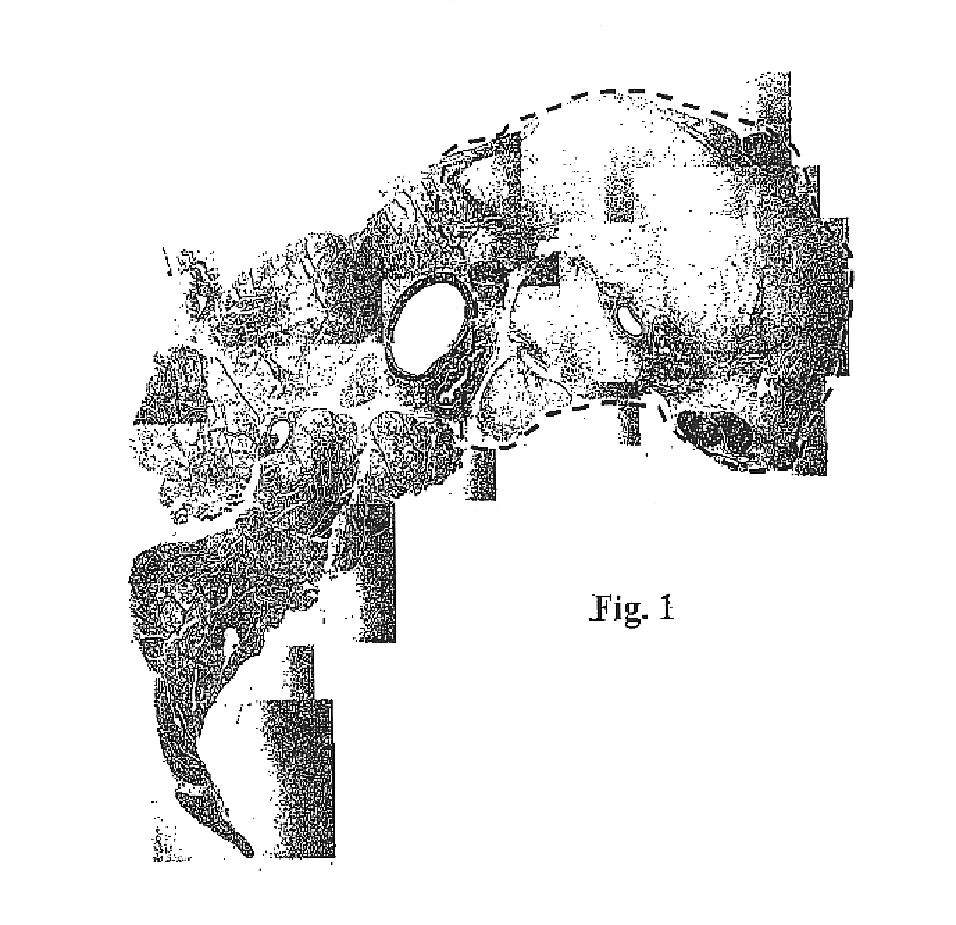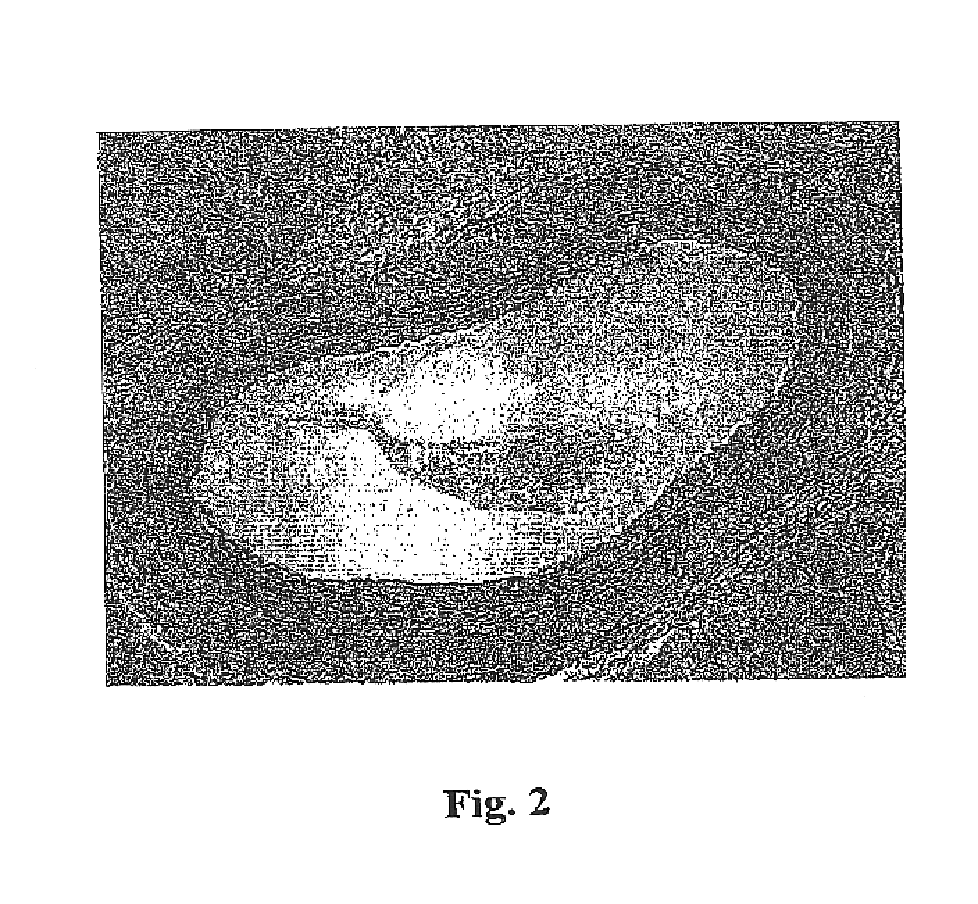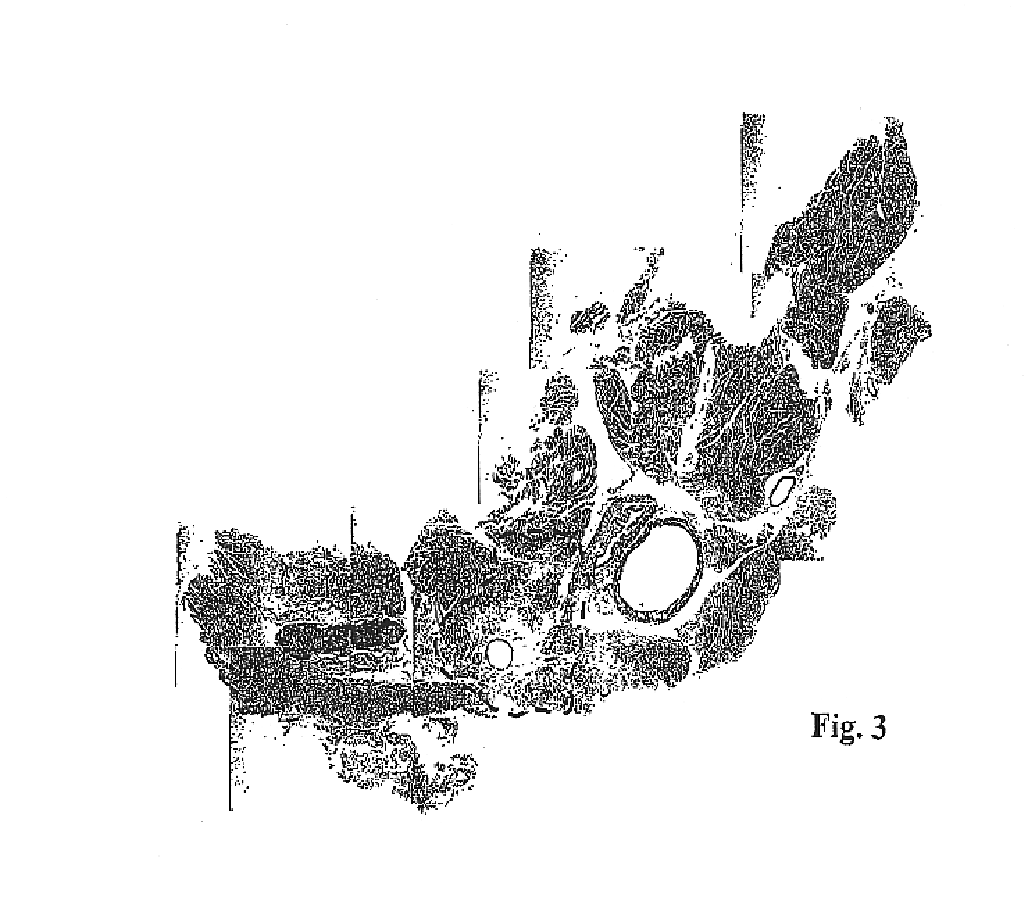Method for improving treatment selectivity and efficacy using intravascular photodynamic therapy
a photodynamic therapy and selectivity technology, applied in the field of improving the selectivity and efficacy of treatment, can solve the problems of insufficient treatment modalities, insufficient understanding of biological factors that result in the preferential uptake of some photosensitizers in certain tissue types compared to others, and insufficient understanding of biological factors that result in the preferential uptake of some photosensitizers in certain tissue types compared to others, and achieves minimal surrounding tissue damage, significant pd
- Summary
- Abstract
- Description
- Claims
- Application Information
AI Technical Summary
Benefits of technology
Problems solved by technology
Method used
Image
Examples
Embodiment Construction
[0037]The present invention provides a method for PDT treatment to inhibit, stabilize or reduce occlusions in the cardiovascular system by exciting photosensitizer drugs using intravascular light at a wavelength in the range of 390-610 nm. While investigators in the PDT field have consistently pointed out the advantages of using red / infrared light excitation, our results, while inconsistent with those viewpoints and unexpected, indicate that alternative wavelengths which are less penetrating will provide an improved method of treatment. The previous approach of using red / infrared wavelengths was based in part on taking advantage of the fact that the attenuation of light by tissue and blood reaches a minimum in the red / infrared part of the spectrum. However, we have discovered that, in direct contrast to this view, wavelengths outside this red / infrared spectral region are optimal for PDT-based cardiovascular treatments. While in theory, wavelengths in the mid-infrared could be used, ...
PUM
| Property | Measurement | Unit |
|---|---|---|
| Time | aaaaa | aaaaa |
| Nanoscale particle size | aaaaa | aaaaa |
| Nanoscale particle size | aaaaa | aaaaa |
Abstract
Description
Claims
Application Information
 Login to View More
Login to View More - R&D
- Intellectual Property
- Life Sciences
- Materials
- Tech Scout
- Unparalleled Data Quality
- Higher Quality Content
- 60% Fewer Hallucinations
Browse by: Latest US Patents, China's latest patents, Technical Efficacy Thesaurus, Application Domain, Technology Topic, Popular Technical Reports.
© 2025 PatSnap. All rights reserved.Legal|Privacy policy|Modern Slavery Act Transparency Statement|Sitemap|About US| Contact US: help@patsnap.com



